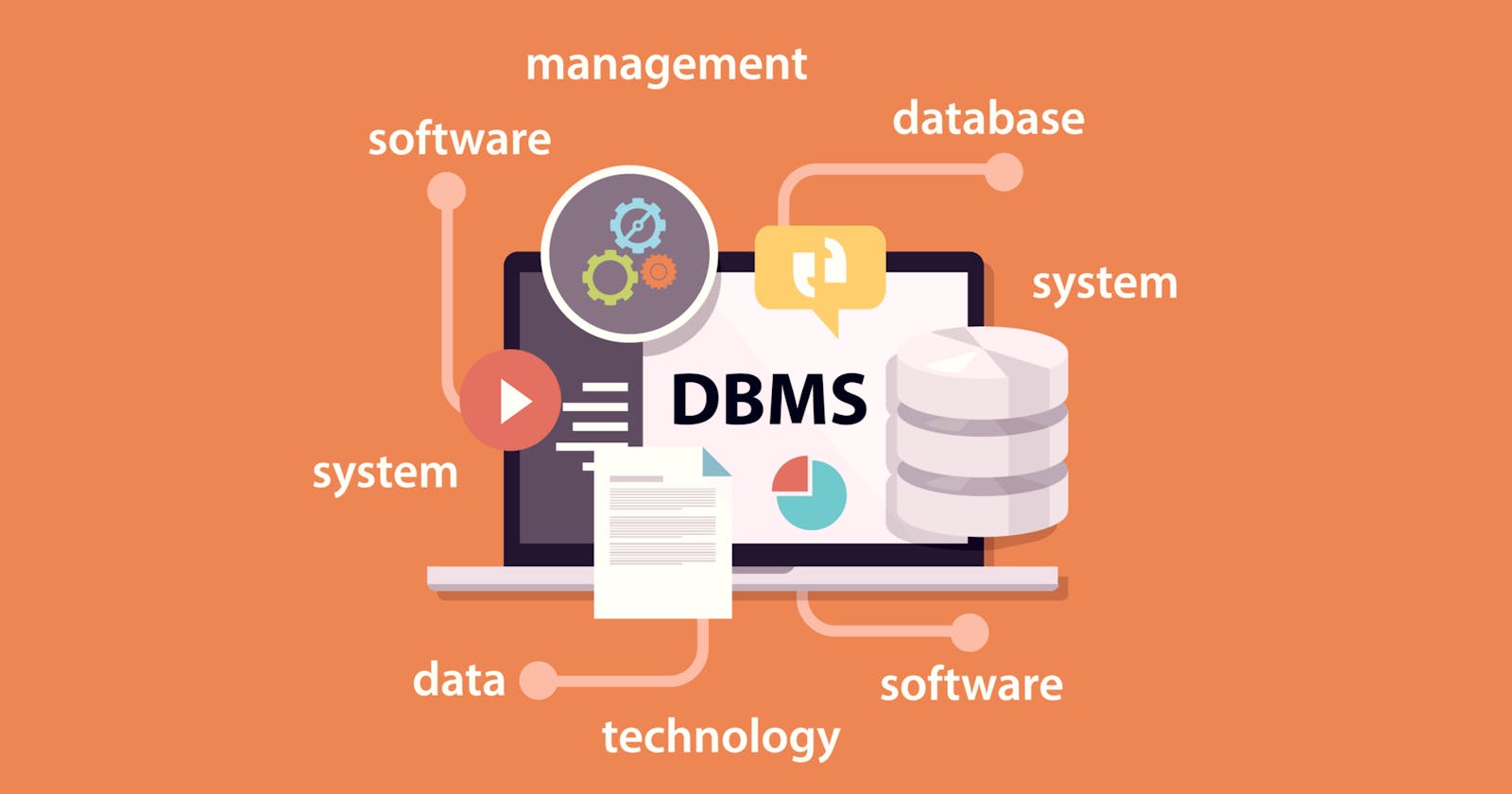In the digital era, where information reigns supreme, understanding databases is like wielding a powerful tool for managing data effectively. Whether you're a budding developer, an aspiring data scientist, or simply curious about how information is organized behind the scenes, diving into the realm of databases opens up a world of possibilities. So, let's embark on a journey to demystify databases, shall we?
What is a Database?
At its core, a database is more than just a repository of data; it's a structured collection of related information, meticulously organized to facilitate efficient storage, retrieval, and management. Think of it as a digital warehouse where data is neatly arranged on shelves, ready to be accessed and utilized whenever needed.
Example:
Data: 5-day temperatures [40, 50, 60, 70, 80]
Information: The average temperature is 60
Introducing DBMS
In the not-so-distant past, managing data was akin to navigating a labyrinth of unstructured files, leading to headaches like data redundancy, inconsistency, and security breaches. Enter Database Management Systems (DBMS), the hero of our story, offering a structured approach to data storage and manipulation.
With DBMS:
No more chaos: Say goodbye to unstructured data sprawled across various file formats.
Streamlined operations: Bid farewell to redundancy and inconsistency, thanks to robust data management mechanisms.
Enhanced security: Fortify your data against unauthorized access and malicious intent.
Concurrency control: Manage multiple operations concurrently without stepping on each other's toes.
Ease of access: Simplify data retrieval and manipulation with intuitive query languages like SQL.
Example:
Consider relational databases like MySQL or PostgreSQL, where data is organized into tables, offering a structured and efficient way to store and retrieve information.
Database Models
Databases come in different flavors, each with its own unique model:
Hierarchical: Organizes data in a tree-like structure, suitable for representing parent-child relationships.
Network: Extends the hierarchical model, allowing more complex relationships between entities.
Relational: Organizes data into tables with rows and columns, linked through relationships.
Document: Stores data in flexible, JSON-like documents, ideal for semi-structured information.
Key-Value: Stores data as key-value pairs, enabling fast and efficient retrieval.
Example:
Imagine organizing customer information in a relational database, with tables for customers, orders, and products, linked by common attributes.
Tables and Relations:
Tables serve as the building blocks of relational databases, comprising columns (attributes) and rows (records), each representing a unique entity.
Columns: Define the structure of the data, including data types, constraints, and domains.
Rows: Hold individual records, each representing a distinct instance of the entity.
Keys: Play a crucial role in defining relationships between tables and ensuring data integrity.
Example:
In a table representing employees, columns could include EmployeeID, Name, Department, while rows would contain specific employee details.
Keys Unlocked
Keys act as the glue that binds relational databases together, ensuring data integrity and establishing relationships between entities.
Super Key: A set of attributes that uniquely identifies a record in a table, potentially including redundant or null values.
Candidate Key: A minimal super key, devoid of redundant attributes and capable of uniquely identifying records.
Primary Key: The chosen candidate key that uniquely identifies each record in a table and serves as its unique identifier.
Alternate Key: Candidate keys that were not selected as primary keys.
Composite Key: A combination of two or more attributes that together uniquely identify records.
Example:
In a table of students, the StudentID could serve as the primary key, ensuring each student's record is uniquely identified.
